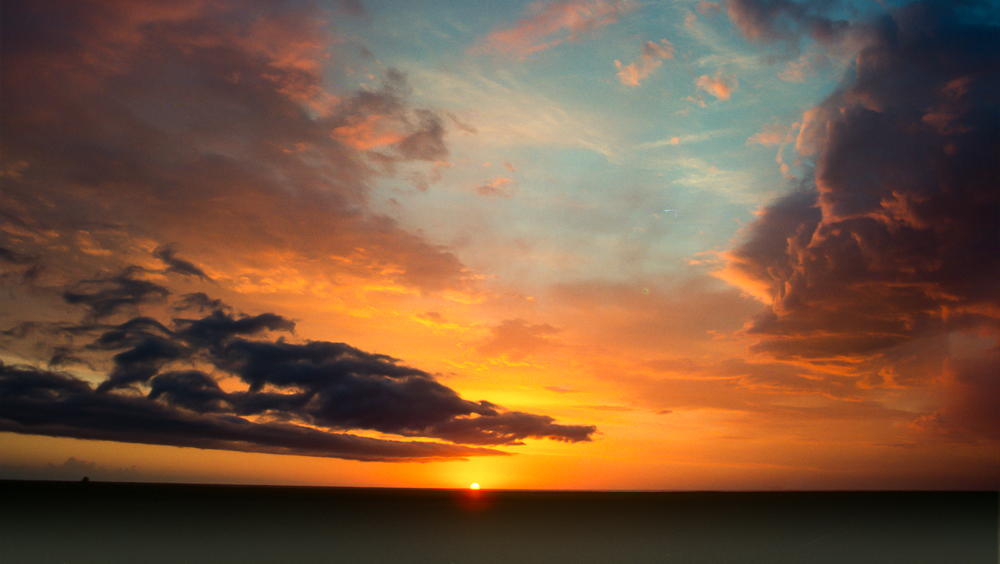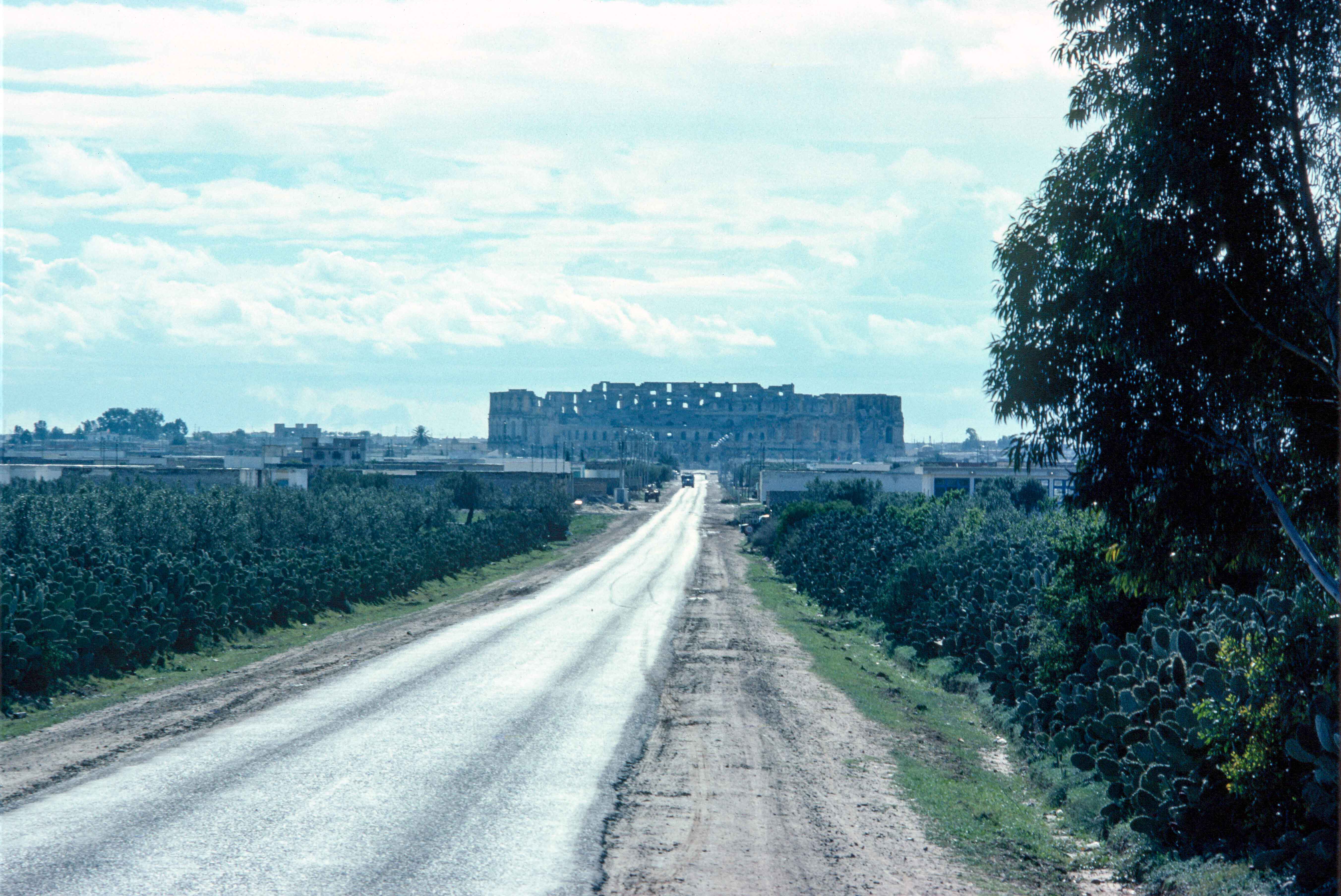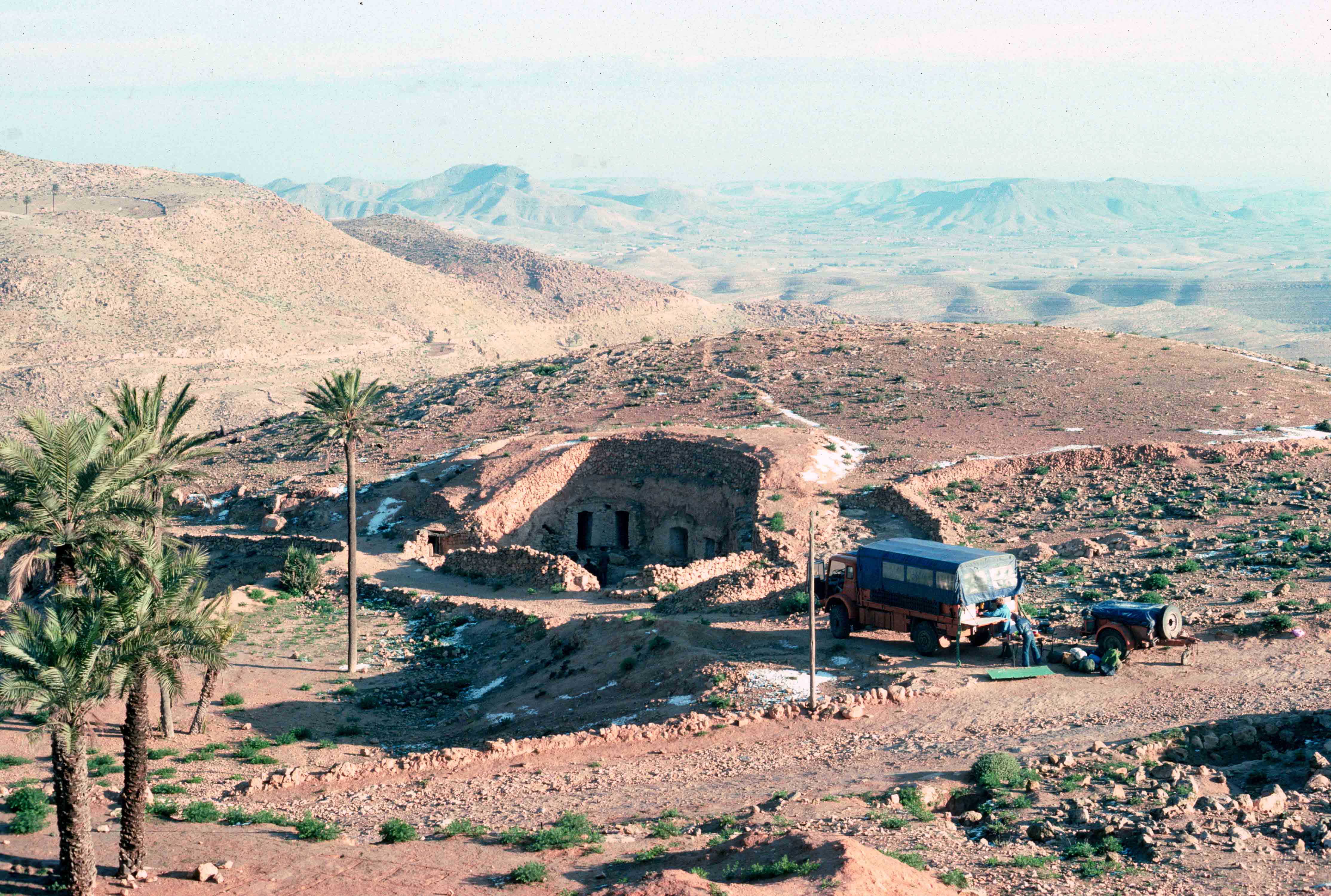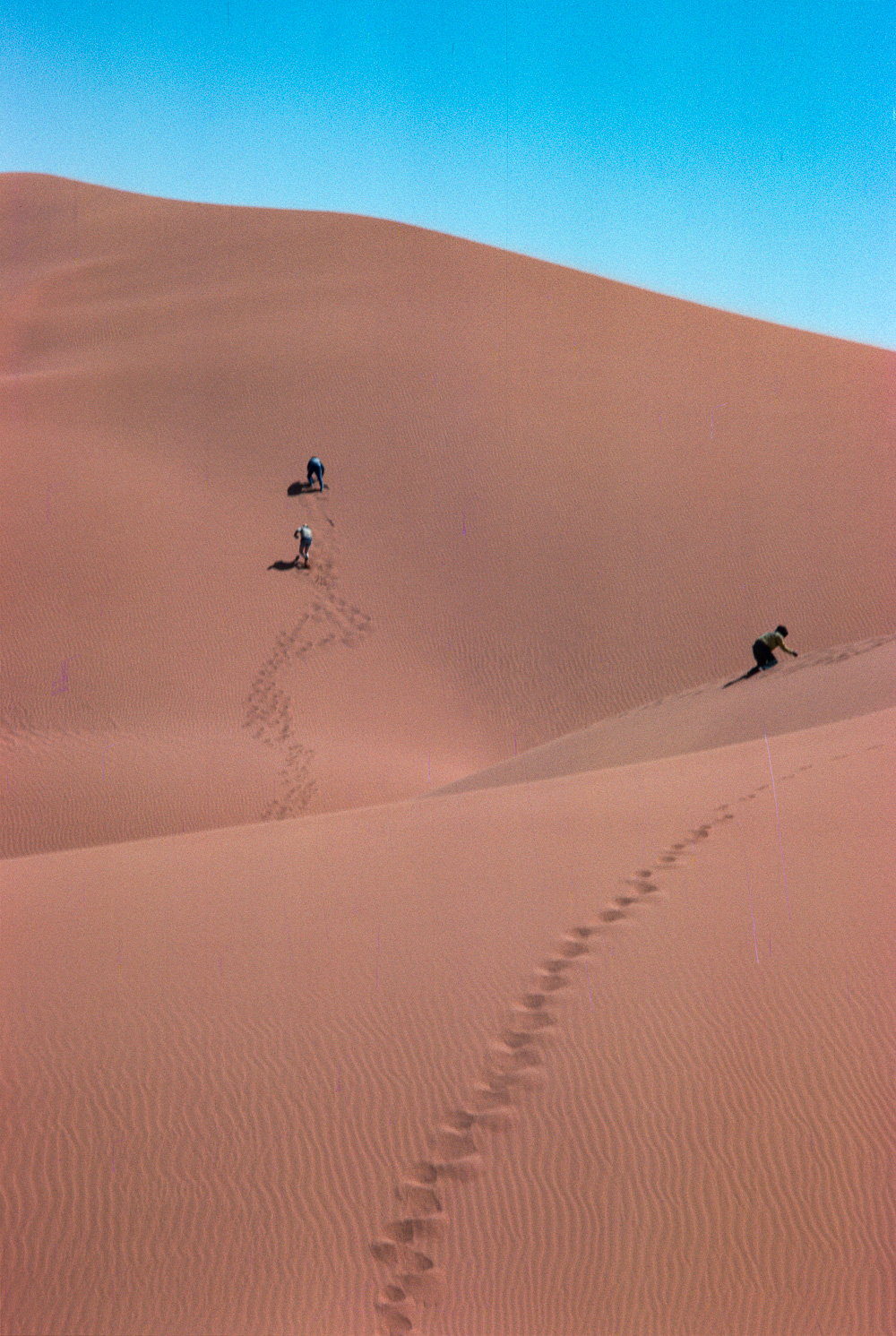Camping in the desert is special
February - March 1979
Driving through the wilderness of the desert, and the day is coming to an end. Time to start looking out for somewhere to camp for the night. There is no one to ask permission of and no field to drive to the corner of. Select a spot off the track, but close enough and firm enough so that you can easily get back to it in the morning. Sand mants after breakfast is not ideal. World wide advise, not in a dry river bed. People have drowned crossing dry river beds with flash floods washing the vehicle away. Imagine the catastrophe if camped in a river bed subject to a flash flood.
The nearer you get to the equator the quicker darkness falls. We try to avoid putting tents up in the dark so we start looking for somewhere nice to park up relatively early in the afternoon. The trailer is unpacked and everybody sets too putting their tents up and preparing for nightfall. On a good day some EMs will volunteer to put up and prepare the tents for the members of the cooking team. That saves them having to put up their own tents, roll out their sleeping bags and generally make it all ready just to crawl into when sleep beckons. Everybody gets to eat earlier. The two timber trestle tables are extracted from beneath the passenger area, or what would have been the cargo box. The tables are erected close to the truck. Each side of the truck has two small tubes attached to the frame. On the side of the tables, a horizontal metal pole is inserted into the tubes to provide a degree of outreach ready for lights to be attached. Regular 12v inspection lamps with fluorescent tubes instead of filament. These days it would be LEDs. The lights had jubilee clips so that it was easy just to slide them onto the poles, and that's it we are ready for the quickly approaching darkness.
The cooker is in one corner of the passenger area, just behind the cab. Dependent upon the weather and how quickly the temperature was dropping the canvas was left furled up for cooking. The canvas is the dark blue soft cover of the passenger area and is supported by a white painted frame. I have called it canvas as that is what it would have been originally in its military days. Now it is a composite material with transparent windows that can be rolled up, or a side can be rolled up. Both sides can also be rolled up, and the front and back can be rolled up. With enough effort, it can be open top as well, or taken off altogether. Obviously a very flexible solution. It is not simple as to how it is set up as factors such as sun, sand, wind, and driving wind, as well as temperature all play on the whilst driving configuration, and in other areas rain and tree cover.
Night falls and dinner is served at the tables, under the fluorescent lights, would have sounded better if it were under candle light, on plastic plates. The group sits on the ground to eat, or on the camp beds, and sometimes even back in the truck, at least there are proper seats. There are no fold up chairs and tables to create a popup restaurant. Who would want that anyway. This is not a Victorian expedition. As soon as the dinner is cooked the kettle goes on. Food eaten, the kettle provides teas and coffees and then the all essential washing up water.
All wrapped up and tidied away by early evening, then talking around the non-existent camp fire. Although sometimes there was a fire, but generally there is a shortage of wood in the desert.
So what is special about camping in the desert. Well that becomes apparent as the evening wears on. Away from those two lights attached to the truck and, shall we say semi-circle of light that they cast, there is a very short falloff of light. There is no other light pollution. Dark means dark. depending on the phase of the moon. Go for a short walk, beyond the tents and lie down in the sand. Let your eyes acoustomise for quater of an hour, and look at the sky. There are a hunderd times more stars than your home city. It is an absolutly brilliant display. The best I have seen was in the Desert of Death in Afganistan. Everything just right I guess.
The other special thing, you have to await a little later for, or walk further. Once the chatting stops and the beds tempt everyone, the lights are turned of and the silence descends. There is little natural sound, only a little from our group. The silence envelops you away from the camp in the same way that the darkness does.
If someone leaves their call of nature late into the evening, instead of when there is a general hubbub, you can cannot avoid hearing the spade coming out of its home, the footsteps into the darkness, hopefully not in your your direction, followed by the digging of the hole, and subsequently the filling and the walk back. perhaps not as discreet as intended, or maybe no choice.
Not everybody would put up their tent. They were two people tents, and as long as both agreed, sometimes people would sleep just on the camp bed, right under the stars. A wonderful experience.
Up at first light, breakfast, tea coffee, washing up, and break camp. A final walk around to look for lost objects, and we were on our way again.



